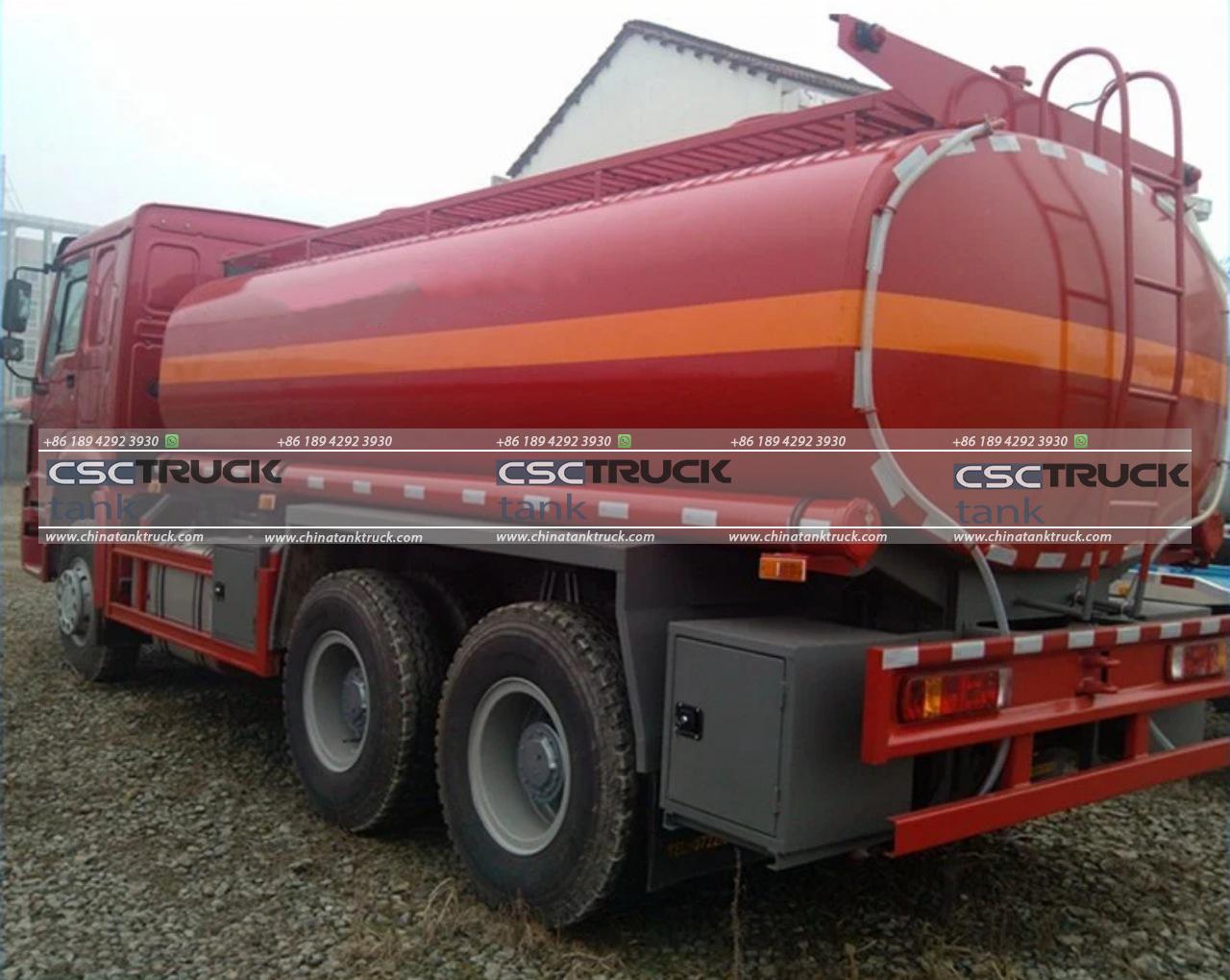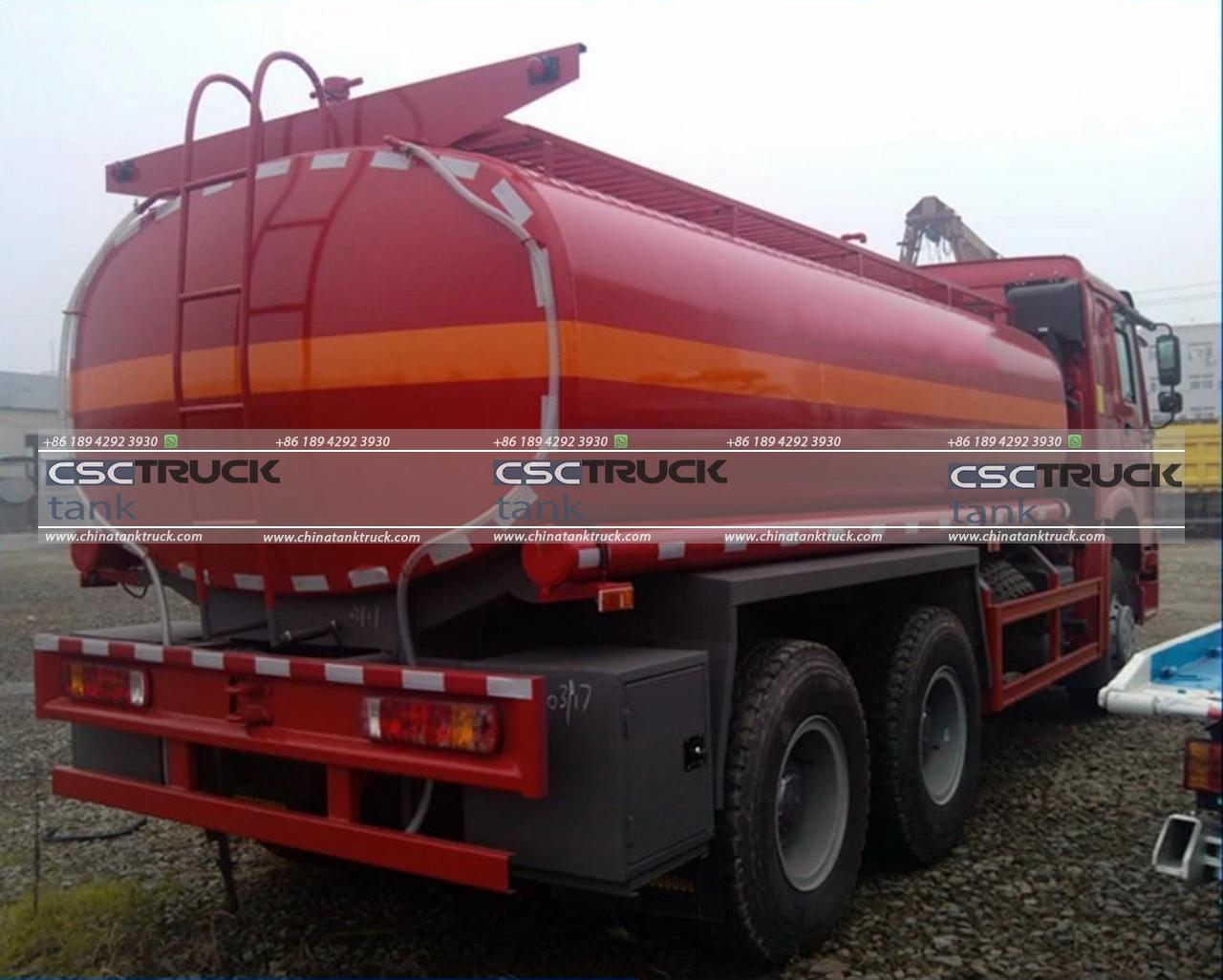The logistics of transporting chemicals via tank trucks is a critical component of the global supply chain, ensuring that essential chemicals reach industries such as pharmaceuticals, agriculture, manufacturing, and energy. Given the hazardous nature of many chemicals, the transportation process must prioritize security, safety, and regulatory compliance to prevent accidents and environmental damage, and ensure the well-being of the people involved. This article delves into the complexities of chemical tank truck logistics, highlighting the importance of secure and compliant transport.
The Importance of Chemical Tank Truck Logistics
Chemical tank trucks are specialized vehicles designed to transport bulk quantities of liquid and gaseous chemicals. These trucks play a pivotal role in the supply chain by facilitating the movement of chemicals from production sites to various industries where they are utilized in numerous applications. The efficiency and reliability of this transport method are crucial for maintaining the steady supply of chemicals necessary for various industrial processes.
Ensuring Security in Chemical Transport
Security in chemical transport involves protecting the cargo from theft, sabotage, and terrorism. The hazardous nature of many chemicals makes them potential targets for malicious activities, and therefore, stringent security measures are essential. Key strategies for enhancing security include:
1. Robust Tracking Systems: Implementing GPS tracking and telematics systems allows real-time monitoring of chemical tank trucks. This ensures that any deviation from the planned route can be detected promptly, allowing for quick intervention if necessary.
2. Secure Loading and Unloading Procedures: Ensuring that loading and unloading areas are secure and monitored helps prevent unauthorized access. Automated systems and secure handling protocols minimize the risk of accidental releases and unauthorized handling.
3. Driver Training and Vetting: Drivers play a crucial role in ensuring the security of chemical transport. Rigorous background checks, comprehensive training in handling hazardous materials, and continuous education on security protocols are essential.
4. Collaboration with Law Enforcement: Regular communication and collaboration with local law enforcement agencies enhance the overall security framework, providing additional support and rapid response in case of any security breaches.

Regulatory Compliance in Chemical Transport
Transporting chemicals involves strict adherence to various regulations designed to protect public health, safety, and the environment. These regulations are established by international bodies such as the International Maritime Organization (IMO), national governments, and regional authorities. Key aspects of regulatory compliance include:
1. Classification and Labeling: Chemicals must be correctly classified according to their hazardous properties and labeled accordingly. This ensures that everyone involved in the transport process is aware of the nature of the cargo and can take appropriate precautions.
2. Documentation: Accurate documentation is crucial for regulatory compliance. This includes safety data sheets (SDS), transport documents, and emergency response information. Proper documentation ensures that regulatory bodies can verify compliance and respond effectively in case of incidents.
3. Vehicle and Equipment Standards: Chemical tank trucks and their equipment must meet stringent standards to ensure safety. This includes the design and maintenance of tanks, valves, and other components to prevent leaks, spills, and other accidents.
4. Driver Qualifications and Training: Drivers must have specialized training and certifications to handle hazardous materials. This includes understanding the specific hazards associated with the chemicals they transport and the procedures for safe handling, emergency response, and accident prevention.
5. Emergency Response Preparedness: Chemical transport companies must have robust emergency response plans in place. This includes training drivers and personnel in emergency procedures, maintaining communication with emergency responders, and having spill containment and cleanup equipment readily available.
Challenges in Chemical Tank Truck Logistics
The logistics of transporting chemicals via tank trucks are fraught with challenges that require careful management and continuous improvement. Some of the key challenges include:
1. Hazardous Material Handling: The inherent dangers associated with transporting hazardous materials require meticulous handling procedures and constant vigilance. Ensuring the safety of personnel and the public is paramount.
2. Regulatory Complexity: Navigating the complex web of regulations across different jurisdictions can be daunting. Compliance requires a thorough understanding of the regulations and the ability to adapt to changes swiftly.
3. Technological Integration: Implementing advanced tracking, monitoring, and communication technologies can be costly and complex. However, these technologies are essential for enhancing security and efficiency.
4. Environmental Concerns: Transporting chemicals poses significant environmental risks. Companies must take measures to prevent spills and leaks and mitigate the environmental impact of any incidents that occur.
5. Supply Chain Disruptions: External factors such as natural disasters, geopolitical tensions, and economic fluctuations can disrupt the supply chain, affecting the timely delivery of chemicals.
Best Practices for Secure and Compliant Chemical Transport
To address the challenges and ensure secure and compliant chemical transport, companies can adopt several best practices:
1. Regular Audits and Inspections: Conducting regular audits and inspections of vehicles, equipment, and procedures helps identify and address potential issues before they become problems.
2. Advanced Training Programs: Investing in comprehensive training programs for drivers and personnel ensures that everyone involved in the transport process is well-prepared to handle hazardous materials safely and respond effectively in emergencies.
3. Innovative Technologies: Leveraging technologies such as IoT sensors, automated systems, and advanced analytics can enhance monitoring, improve efficiency, and ensure compliance with regulatory requirements.
4. Sustainability Initiatives: Implementing sustainability initiatives such as using eco-friendly materials, optimizing routes to reduce emissions, and adopting spill prevention technologies helps minimize the environmental impact of chemical transport.
5. Collaborative Partnerships: Building collaborative partnerships with regulatory authorities, industry organizations, and emergency responders enhances the overall safety and security framework, ensuring a coordinated response to any incidents.

Conclusion
The logistics of chemical tank truck transport are complex and require a multifaceted approach to ensure security and compliance. By prioritizing robust security measures, adhering to regulatory requirements, and adopting best practices, companies can transport chemicals safely and efficiently, thereby supporting the critical industries that rely on these essential substances. Continuous improvement and innovation in this field are essential to address emerging challenges and ensure the safe transport of chemicals in an ever-evolving landscape.

